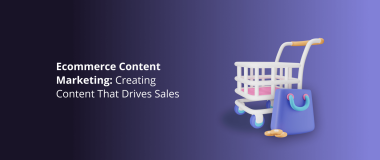What is personalization in the context of eCommerce? This strategy aims to show visitors that your online content is relevant to their needs. It is based on their personal data and previous behavior on your website – searches, purchases, location, interests or demography.
The content itself can have different formats, depending on the products or services you are selling – individual offers, complimentary ideas, discounts, topical articles, useful information, tips, etc.
Why Is Personalization Important?
- Personalized content saves time
Nowadays users are overwhelmed with information – ads, articles, social media posts, newsletters, videos, etc. As people are busy they don’t want to waste time on irrelevant content. That is why personalization comes in handy and adds customer value.
- Personalized content shows that brands care about their customers
If you are a Spotify user, you probably enjoyed your personalized yearly wrap up showing the history of what you have listened to in 2019 and the whole decade before. Spotify’s annual wrapped campaign became hugely successful and tens of millions of people went crazy sharing their wrap-ups.
Why? Because it was personal and each Spotify user got an individual and unique experience.

Source: Spotify
What do the numbers say?
- 80% of shoppers are more likely to buy from a company that offers personalized experiences.
- 44% of consumers say that they will likely become repeat buyers after a personalized shopping experience with a particular company. The same percentage of people say that they have purchased something more expensive than originally planned because they had a personalized experience.
- Sales average 20% more when using personalized experiences.
- 59% of customers say that personalization influences their shopping decision.
What Information to Collect and How to Use It
To create personalized content for your customers you need to collect certain data from your users. Remember: always ask for their agreement and confirm whether you can keep their data or not. You also need to explain the reasons you are going to use it.
Let’s see what kind of information you can collect from your visitors and how you can use it to create personalized content.
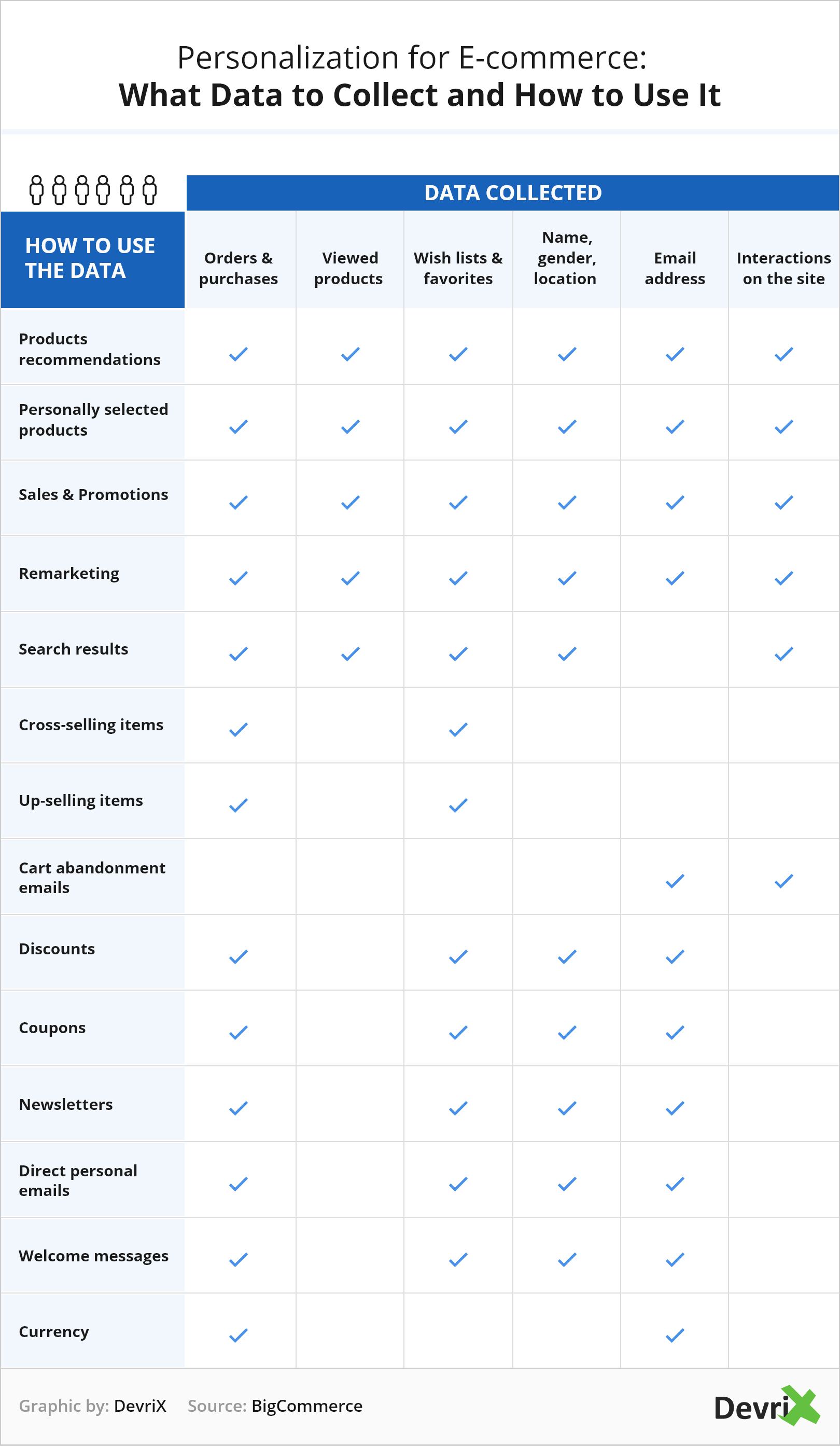
Collecting all this information will help you offer a personalized experience to your customers which can lead to an increase in sales as the quoted statistics above proves.
Let’s now take a look at good examples of personalized content from different eCommerce platforms and online shops.
1. Use Personalized Banners for New Visitors

Source: ASOS
The first impression is usually crucial so combine it with a positive shopping experience. To welcome and win over new customers you need a small gesture to make like offering a discount on the first order. This will encourage them to purchase. Once they register and buy a product, it will be easier for you to start all other personalized tactics.
Did you know that 80% of consumers feel encouraged to make a first-time purchase with a brand that is new to them if they found a welcome offer or a discount? Always offer coupons or discounts on the first purchase.
With this in mind, check the example above by ASOS where they give a discount to new visitors to try out their store.
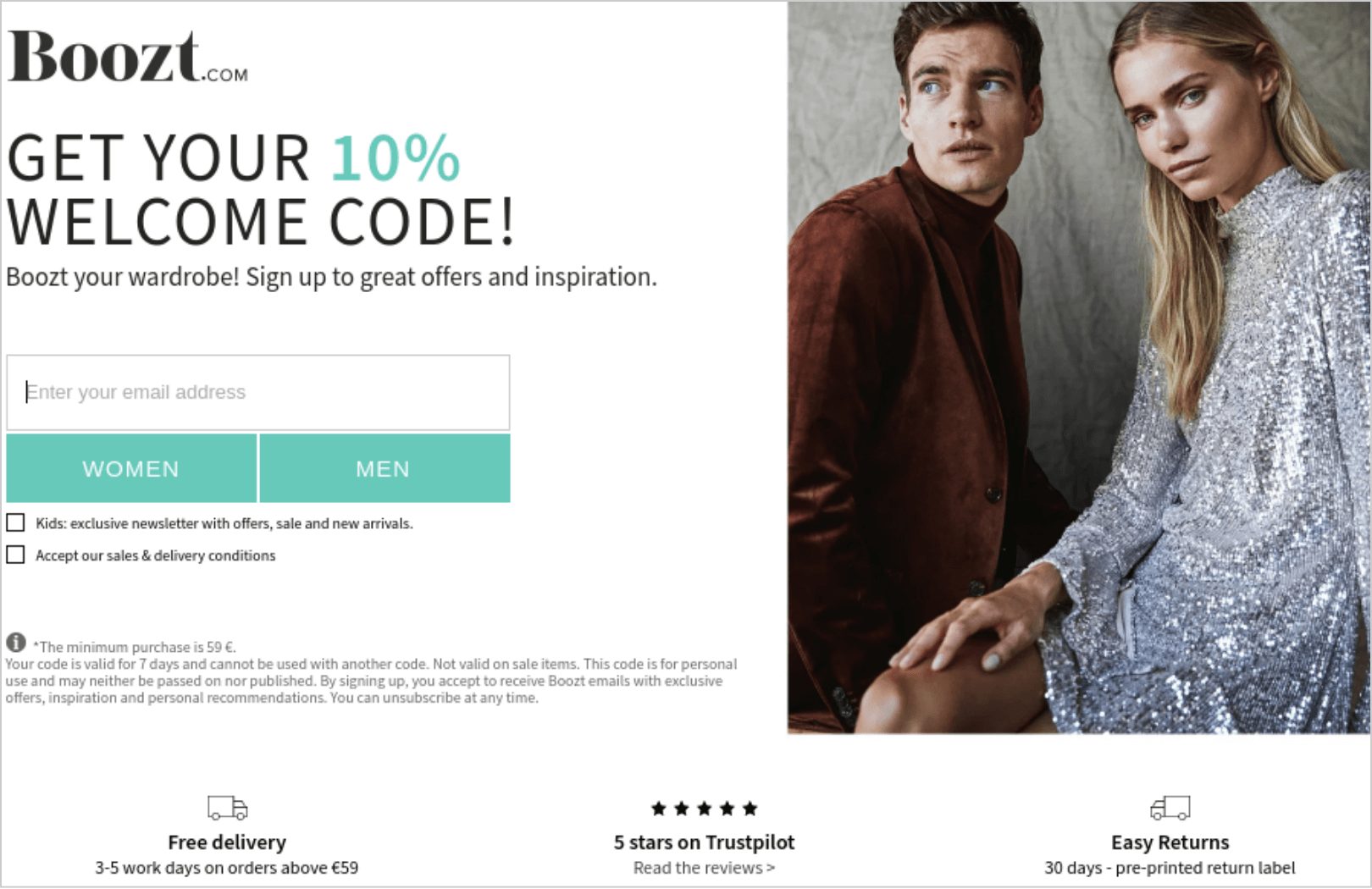
Source: Boozt
Another example with Boozt offering a welcome code to the new visitors stimulating their first purchase.
2. Personalize Pages by Category or Previous Searches
Let’s use the Asos website as a testing stage. Before we begin, let’s create a customer, her name is Mary.
First off,Mary has landed on Asos website and accepted the cookies. Then she browsed through the different pages and categories, focussing mainly on dresses. For some reason, Mary has had to leave the page, but a few hours later, visits their site again.
She was not only directed to women’s but also to the category page she browsed the most – dresses. See the screenshot below.
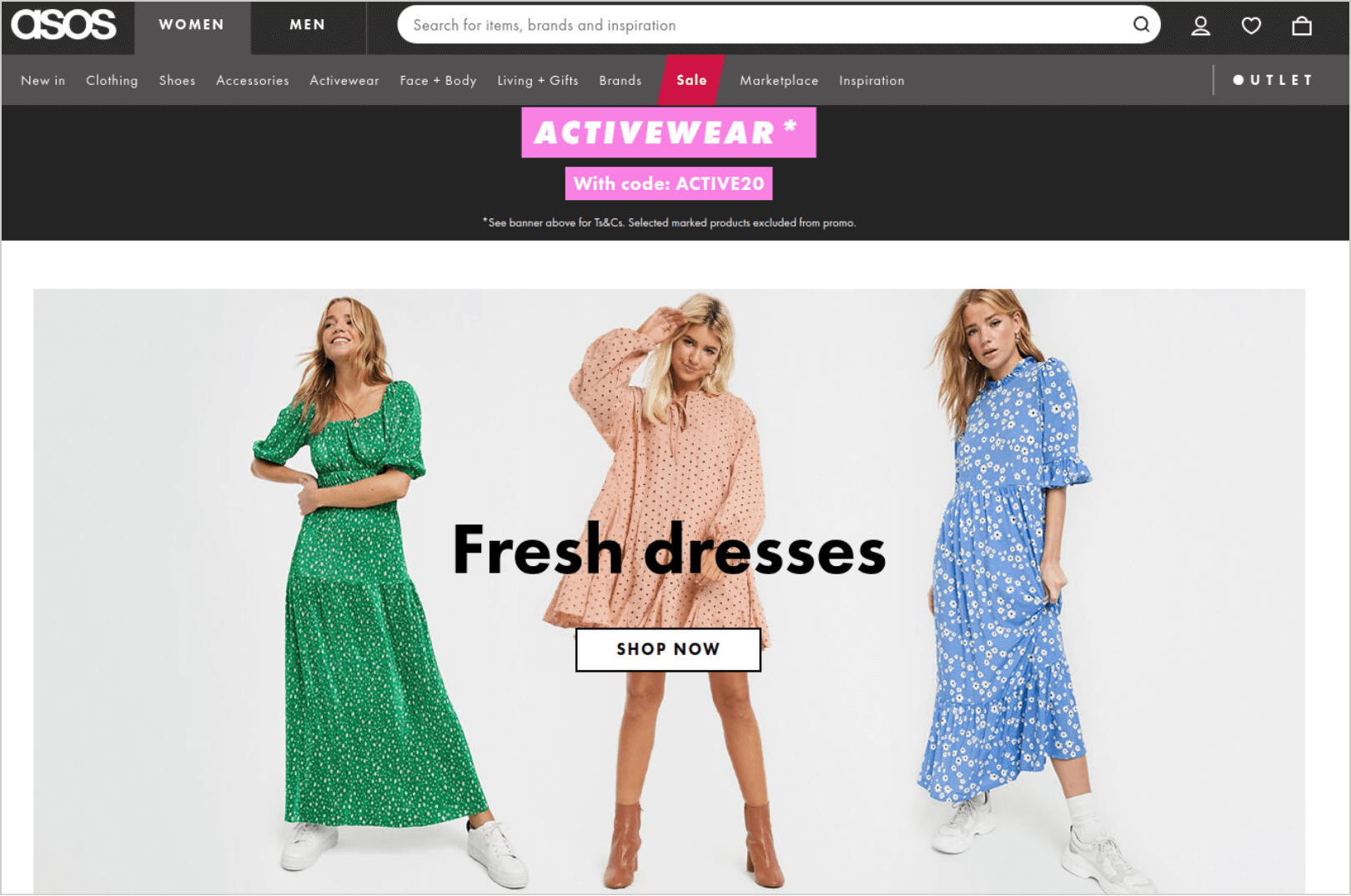
Source: ASOS
This personalization trick can save time for your customers. The platform already knows which product categories they’ve browsed. If they leave the page and return later they will be automatically directed there.
3. Retarget Your Visitors and Serve Them Personalized Ads
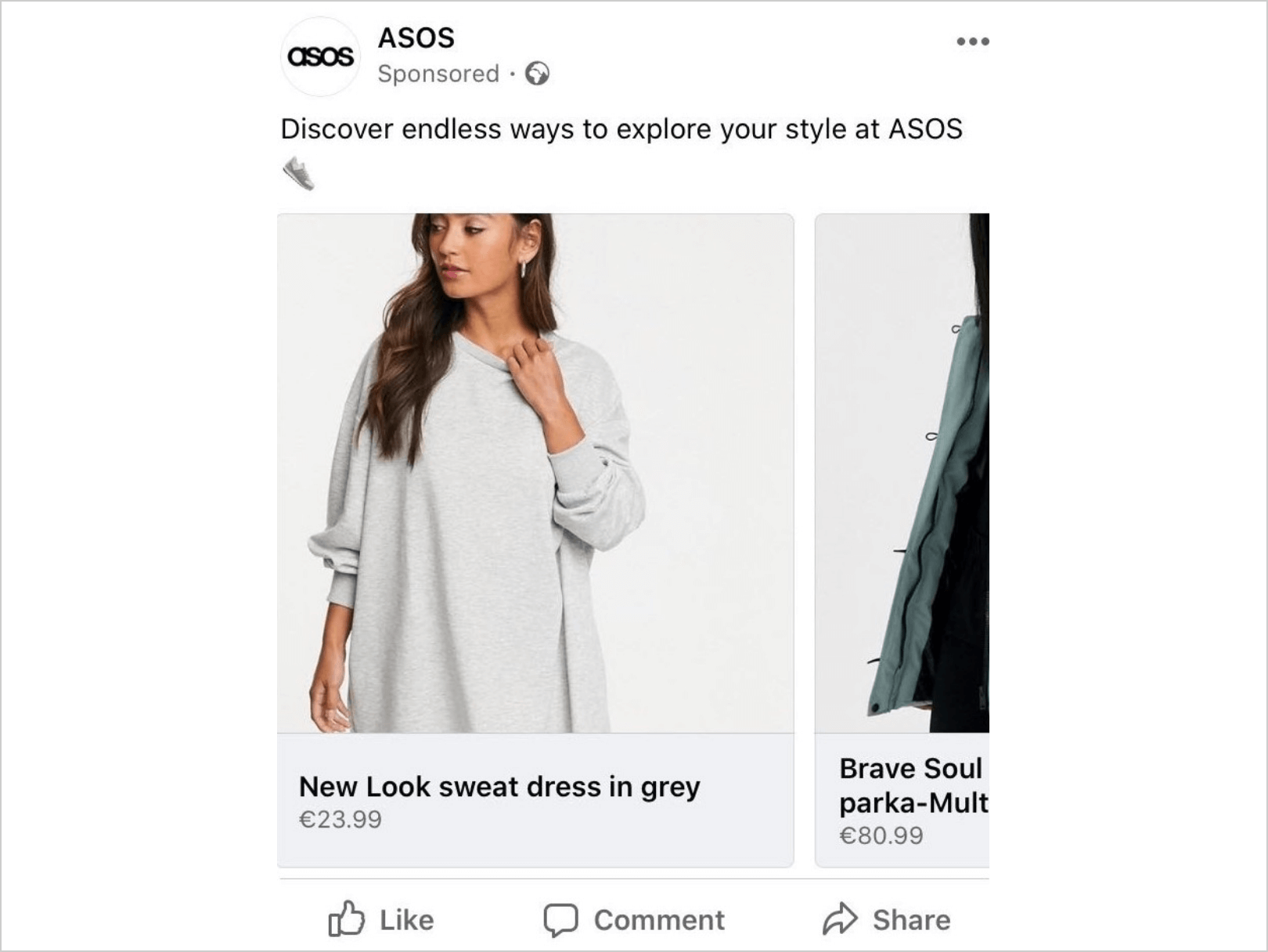
Source: ASOS
Let’s examine the retargeting tactic. To use the same example -Mary visited an online shop, looking for a dress. She left the page, opened her Facebook page and soon an ad from the same store popped up.
Retargeting is a popular and effective strategy to target your customers after they’ve visited your page but didn’t make a purchase.
How does retargeting work? You can display retargeting ads when you have a pixel code on your website to set a cookie in the user’s browser. When the visitor takes actions on your page the cookie sends the information to your system and you can use this data to display relevant ads.
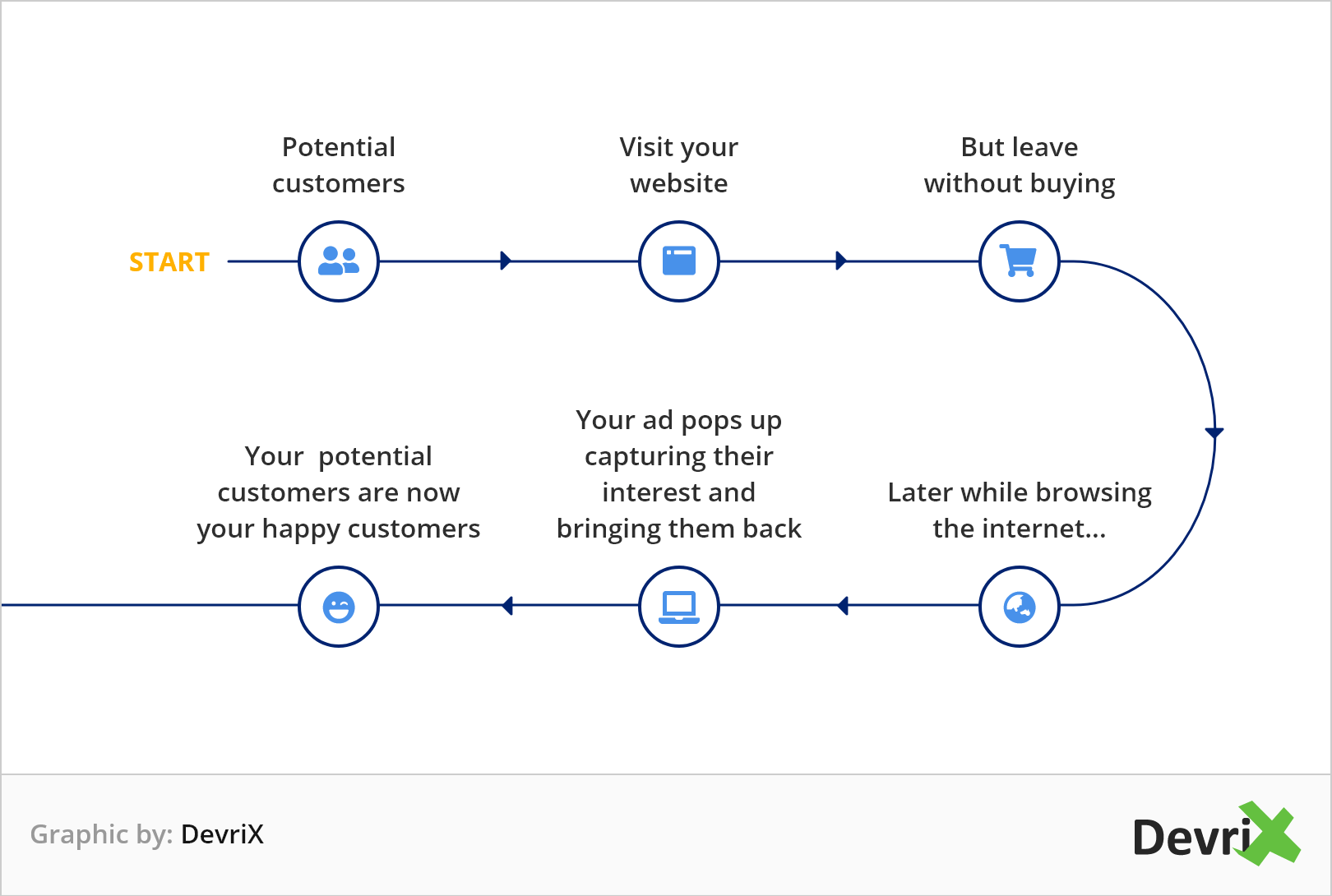
- Related article: 5 Remarketing Strategies You Can Use to Increase Conversion Rates
4. Show Recently Viewed Items
The idea here is to remind your customers of the items they viewed recently. When customers browse through your website they click on different products which interest them. Displaying the recently viewed items reminds customers of the products they are interested in.
A bonus tip is to provide a function that allows customers to place items they are interested in wish lists. This way customers can save liked products to their profiles and you can send them emails or coupons in case the selected items get discounted.

Source: Nike
5. Use Geo-Location Targeting
One of the most common tactics for personalization is geo-location targeting. You can personalize your online shop by country IPs so when customers open your home page they automatically get redirected to the right local store.
This is essential if you do not ship all your products to all locations. Imagine the negative experience when customers go through the whole purchasing process only to find out at the end of the check out that the product can’t be delivered to their location. Would you return back to this website? Probably not.
Geo-location targeting also helps you display relevant promotional campaigns based on where the customer is located.
6. Offer Personalized Product Recommendations
It wouldn’t be an eCommerce article if Amazon is not mentioned. There is a lot to be learned from the global leader and in this case, it is their approach towards product recommendations.
Offering a personalized product recommendation can definitely increase your sales. Based on previously viewed items or purchases you can recommend to your customers similar products that might be of interest to them.
You can serve your product recommendations, based on complementary or alternative products, in different sections:
- You might also like
- Users who bought this also bought
- Users who like this, also like
- Frequently bought together
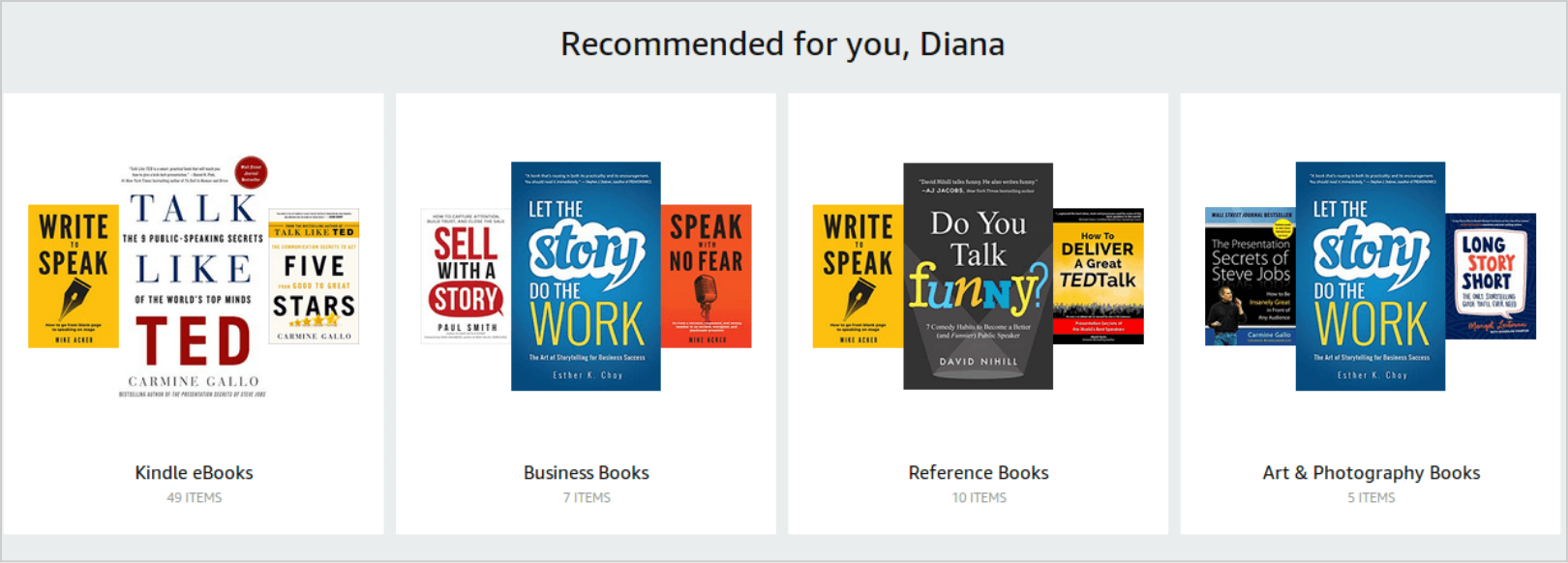
Source: Amazon
- Bonus Tip: Addressing the user by name. It’s nice when you log into your Amazon profile and see not only relevant product recommendations but your name. It’s just impossible not to notice that. It feels like the platform cares about you, knows your interests and will recommend products that you will like.
7. Send out Personalized Emails
Personalized emails deliver six times higher transaction rates, but 70% of brands fail to use them.
This data proves that personalized emails are a must. After you gather the users’ emails you can start sending them personalized offers based on their behavior on your website. For example, you can inform them once the product they’ve shown interest in is at a discounted price.

Source: Etsy
Emails are probably the most personal form of contact online. To improve open and click through rates, when you send personalized emails don’t forget to include the names. Check the below example. The name is both in the email subject and copy which always catches the attention of the recipient.
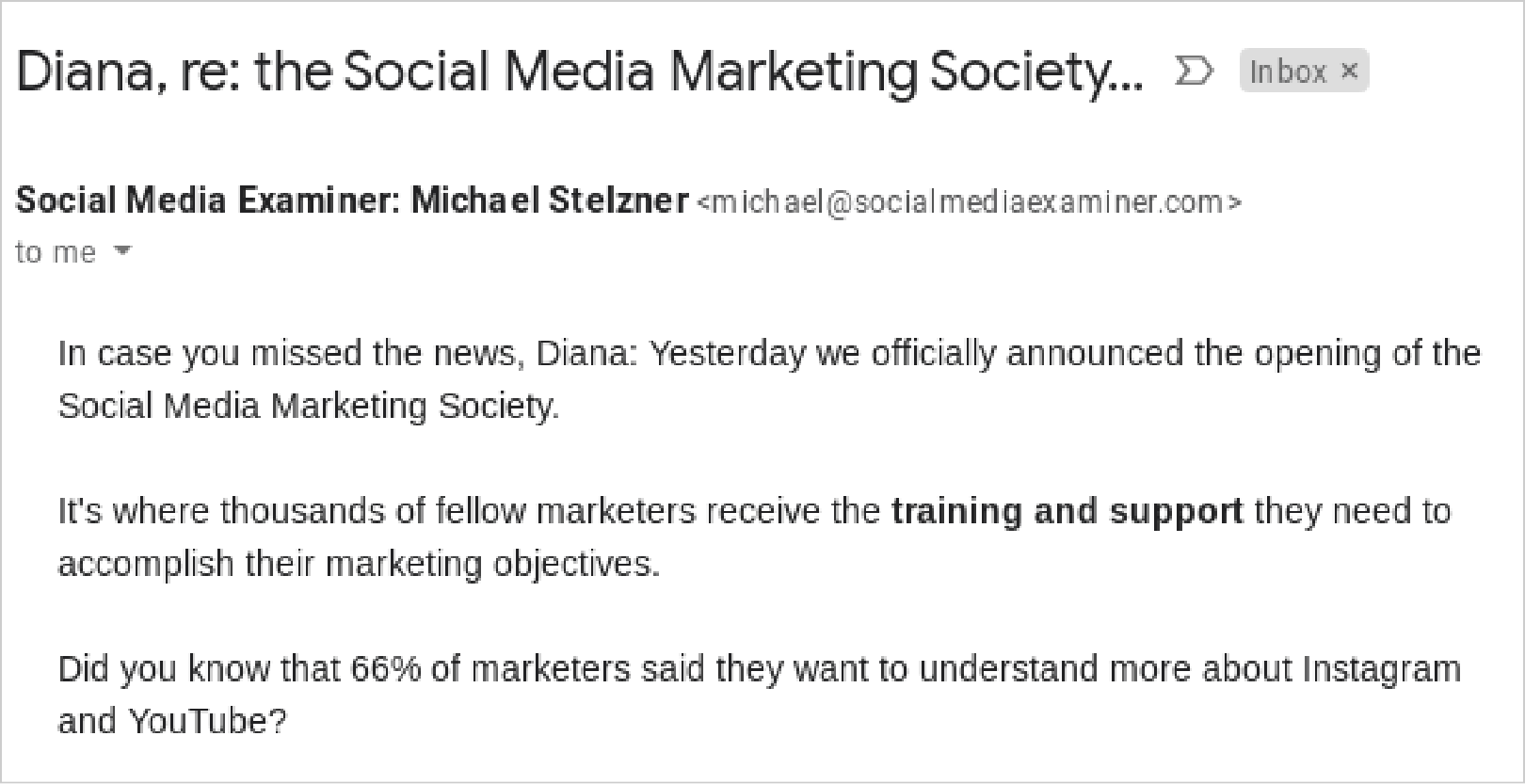
Source: Social Media Examiner
8. Craft Personalized Guides
When you are selling services, guides and tutorials are an excellent way to reach your targets and remarket. Lots of platforms for traveling, booking and holiday reservations provide personalized tour guides to their clients. Especially if you have already booked accommodation, those platforms will start sending newsletters with information and useful tips about the place you are going.

Source: Airbnb.com
This is an example of a personalized guide by Airbnb. When you book an accommodation on the platform, you receive a detailed guide of experiences for that location. Notice the section “experiences near your home” showing interesting stuff you can do close to your home.
Set Limitations
Personalization helps your customers and saves them time because it shows products that are relevant to their needs. However, the topic can be controversial. How far can you go before showing you know too much about users? Try to keep the balance of being of a service and knowing too much.
When speaking about personal data collection, brands should always be careful. The rule of thumb here is to let users know why and how the company obtained certain personal information about them. Referring to their behavior on your platform – with sections like “Because you liked this”, “After you purchased that” – will show them you care and are not just spying and taking notes on what they’re doing.
Also, in your newsletters and direct mails, always give very precise information why the user is receiving messages from you. You should also provide the option to manage subscriptions.
There are regulations such as the GDPR on what data companies can collect, how to use it and what happens if they violate those regulations. However, such regulations differ significantly around the world so always check local eCommerce legislation for your markets.
How to Scale eCommerce Personalization?
This is a true challenge here because there is enormous data that can be collected and used, but at the same time one should respect the user’s privacy.
Let’s list a few ways that stores and brands use to collect the information they need from their clients.
- Customer Data Management (CDM) which is a process of gathering, organizing and analyzing customer data.
- Artificial Intelligence which helps to track customers engagement and personalization,
- Tracking customer’s behavior by adding pixels to your website.
- Heatmaps show where visitors click on your website.
- Surveys – Here you can ask your customers directly for information.
Wrapping up
Providing a personalized experience to your customers is a must. Especially nowadays when technology keeps progressing and providing better ways to do that. However, it is extremely important to respect a customer’s privacy.
People love unique and special experiences but at the same time, they worry about what kind of personal information brands collect. Keep that in mind.
We’ve listed eight basic ways of personalization that you can try to increase your online sales. By using the right technology and tools, you can gather the needed information and create great experiences for your clients.
Personalized ideas provide a strong competitive edge. Don’t hesitate to share with us which strategy worked the best for you and has boosted your sales.
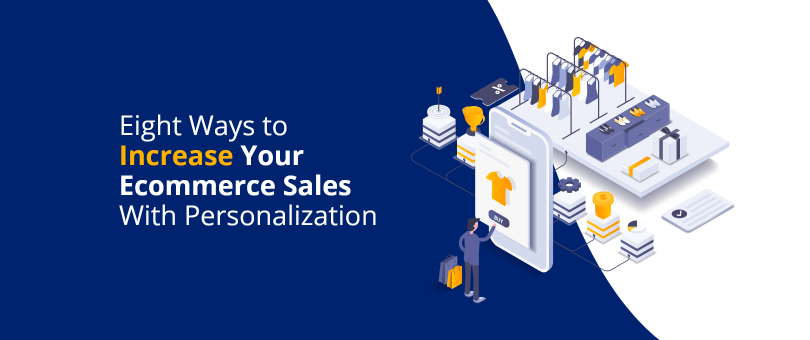
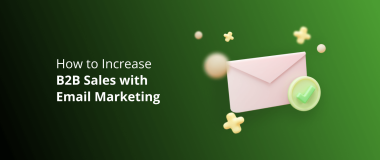
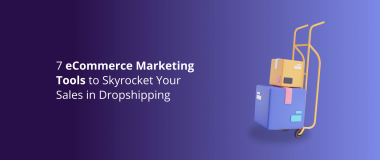
![16+ Tips on How to Increase eCommerce Sales [Expert Roundup]](https://devrix.com/wp-content/uploads/2020/02/16-Tips-on-How-to-Increase-eCommerce-Sales-Expert-Roundup-380x160.png)
